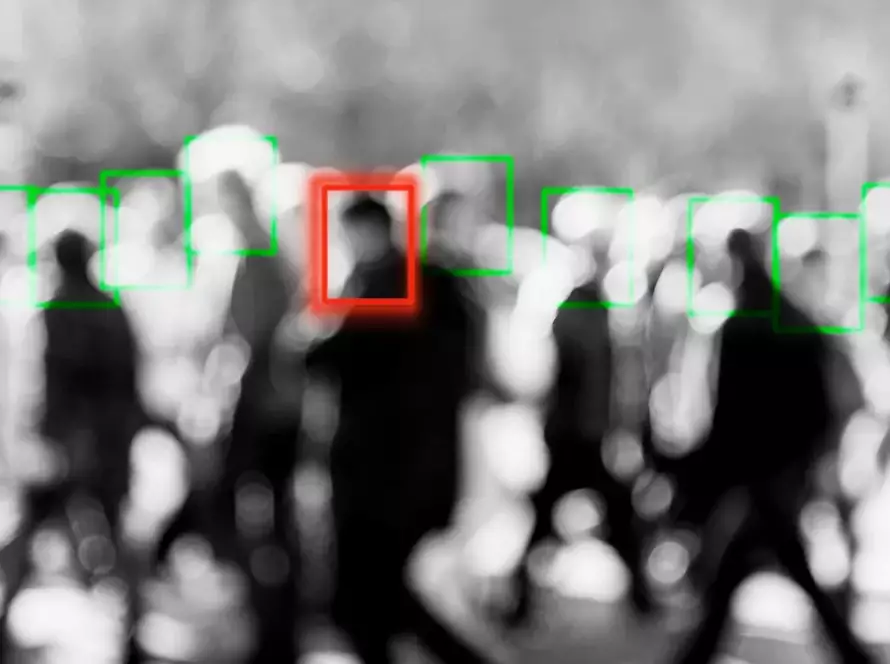Criminology is an area that focuses the scientific study of crime and criminal behavior and is a process that aims to identify crime characteristics. It is one of the most important fields where the application of data mining techniques can produce important results. A broad analysis of unlawful activity reveals that all criminal behavior shares a common set of universal principles. A micro simulation model can be drawn out by interlinking the universal principles with the attributes of the individuals for profiling the criminal behavior. These principles remain constant; however, they manifest differently for each individual depending on personality, criminal activity, extrinsic factors and the attributes of individuals. This paper elaborates the criminal behavior analysis of the offenders by using data mining techniques.
I - INTRODUCTION
Criminologist proposed that criminality is not inherited, it is learned, the way it is learned, is through direct operant conditioning, and imitation or modelling of others. This application was seen throughout the senseless civil unrest. Imitation or modelling can play a big part in whether or not a person is likely to commit a crime. A nwnber of factors influence the modelling process. For instance, one tends to imitate those one likes, respects or admires. Imitation is also more likely if the observer sees the model being reinforced, if the model displays pleasure or enjoyment or if imitating the model in itself is being rewarded. An observer, though, may do the reverse or opposite of what a model does if he or she dislikes the model, sees the model punished or if Imitation of the model is being punished. Psychologists who are involved in profiling criminal behaviour are likely to have frequent experience with it. Better understanding of the criminal mind and behavior is essential to cope with crime.
Criminal Investigative Analysis (CIA), also known as criminal profiling [1], is an investigative tool used within the law enforcement community to help solve violent crimes. The analysis is based on a review of evidence from the crime scene and from witnesses and victims. The analysis is done from both an investigative and a behavioral perspective. The analysis can provide insight into the unknown offender (characteristics and traits) as well as investigative suggestions and strategies for interviews and trial.
A CIA cannot replace a thorough investigation; and the accuracy and detail of a CIA is limited by the accuracy and detail of the information on which it is based. CIA does not use crystal balls or psychic experiences; it is a logical, systematic approach for analyzing behavior.
Criminal psychology is beginning to focus on modeling the effect of mental processes and attributes of individual on offender behavior. Although criminologists and psychologists can identify relevant input and output variables, the processes underlying criminal behavior are only partly understood. Criminal behavior tends to be relatively predictable. By making use of the data, anticipation and prevention of crime can be much more proactive.
II. UNIVERSAL PRINCIPLES OF CRIMINAL BERA VIOR
A. IDEATION
B. COMMUNICA TION
C. FACILITATION
D. ACTUALIZA TION

III. ATTRIBUTES OF INDIVIDUALS
A. Demographics
Males (Sex) and young adults (Age) are more predisposed to commit crimes than females and mature adults. The reasons given for these patterns are mainly sociological. Perhaps, males are raised to be active, confident, and dominant, and are less likely to be monitored by parents during childhood. In addition, peer influences may have a stronger influence on males than females. Young adults are more prone to crime than older adults because they have weaker ties to society and are less likely to ascertain the negative consequences of illegal activity.
B. Economic opportunities
The basic framework for analysing crime, particularly economic or property crimes suggests that, if opportunities exist to make an adequate living in the legal sector, individuals are less likely to commit crimes. Therefore, unemployed (Working), poorly educated (Educlevel), and low-income individuals (Earnings) will have higher risks of committing crime.
C. Marital Status
Marital status (Maritalstatus) is one possible indicator. Being married indicates an individual is a member of a permanent union that requires the investment of much time and commitment. Divorce may have the opposite effect, since the individual will undergo a period of postmarital anomie and lose an important support network.
IV. DEVELOPING A CRIME MODULE
The variables discussed could be used for developing a model for profiling criminals that would be used in the microsimulation model[3]. If detailed microdata are available for both criminals and law abiders, it would be possible to estimate a discrete choice model with variables such as those listed in equation given below as explanatory variables. Barring that, it would be adequate to have crosstabulation data showing the behavior of offenders within these categories[4].
Crime – (age, sex, earnings (self and partner), working, educlevel, maritalstatus, education, Unemprate, earnings, Population).
The model outcomes could be aggregated in any fashion required by the analyst, including by demographic characteristics such as age and sex, socio-economic class, or region. The following headings indicate some of the issues that could be investigated with the model.
A. Ageing and crime
It is well known that as a population ages, holding all else constant, crime rates tend to diminish. This occurs because the potentially criminally active population becomes proportionately smaller. By using this model, it would be possible to forecast the effect of population ageing on both national and regional crime rates. It would also be possible to examine the effect of government population policies (e.g., policies that boost fertility) on crime.
B. Social support programs and crime
C. Education and crim
V. CONCLUSION
Traditionally crime occurrences have been modeled using statistical techniques and although such approaches are useful, they face difficulties with including large amounts of highly detailed individual level data and the integration of behavioral information. Specialized databases can be created for crime or intelligence analysis. Criminal Behavior analysis of violent crimes is analyzed and modeled by using Data mining. Data mining supports enhanced decision-making and analysis which can be used to address the large volume of information currently facing all agencies. Data mining techniques increase not only the speed of analysis, but also the depth. By mmmg the essential nuggets of information, analysts are able to fully explore existing datasets and identify actionable patterns and trends.




